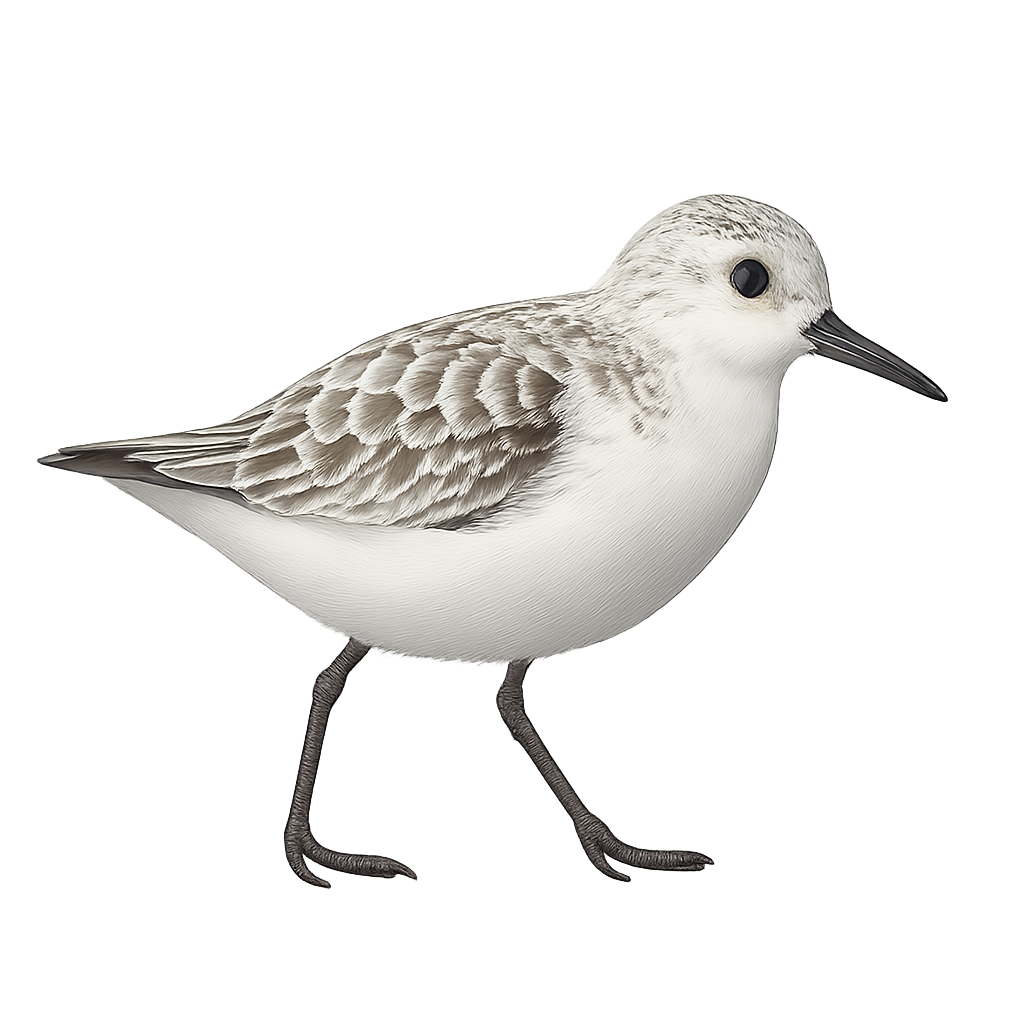Observe and photograph a species in its natural habitat
Learn where and when to observe a species in the wild, how to recognize it in the field, and what habitats it lives in. Get photography tips adapted to its behavior and capture stunning images without disturbing the animal. For full details, open the complete profile in the WildlifePhotographer app.
Sanderling
Scientific name: Calidris alba

IUCN Status: Least Concern
Family: SCOLOPACIDAE
Group: Birds
Shyness: Suspicious
Safe distance: 30 m
Breeding season / Courtship: 01.04-31.05
Gestation: N/A
Births: 01.05-31.07
Habitat:
Beaches, coastal zones, and estuaries in Africa, Asia, Europe, and the Americas, often seen on sandy shores during migration
Description:
The Sanderling is a small wader with a subtle plumage, mostly white and light gray, known for its quick movements along the shore to capture marine insects, crustaceans, and mollusks. This small migratory bird inhabits beaches and coastal areas of Europe, Asia, North America, and South America, primarily feeding at low tide. The Sanderling is often seen in groups, moving in perfect synchronization, a fascinating sight to observe.
During migration, it covers long distances, leaving the cold regions of winter to reach temperate or tropical beaches where it finds food. While not currently threatened, it is sensitive to human disturbance and the loss of its coastal habitats.
Recommended lens:
>=400 mm
Photography tips:
Use a telephoto lens to photograph the sanderling, especially when it is moving quickly along beaches or shorelines. The soft light of the morning or evening is ideal to capture its details without disturbing its natural behavior. Be discreet and respect their space to avoid disturbing them, especially during the breeding season.
Ready to take action?
Choose your platform and start your free trial today



